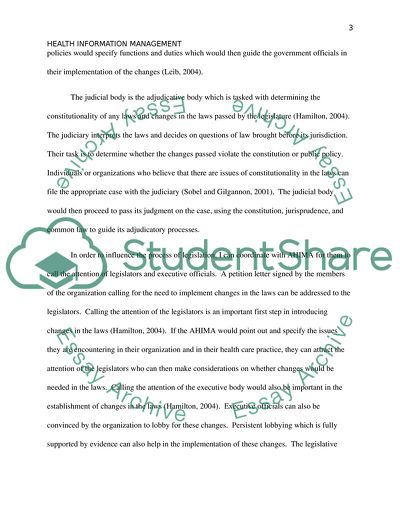Cite this document
(Health Information Management of Legal Aspects Case Study, n.d.)
Health Information Management of Legal Aspects Case Study. https://studentshare.org/health-sciences-medicine/1781108-health-information-management-him-legal-aspects
Health Information Management of Legal Aspects Case Study. https://studentshare.org/health-sciences-medicine/1781108-health-information-management-him-legal-aspects
(Health Information Management of Legal Aspects Case Study)
Health Information Management of Legal Aspects Case Study. https://studentshare.org/health-sciences-medicine/1781108-health-information-management-him-legal-aspects.
Health Information Management of Legal Aspects Case Study. https://studentshare.org/health-sciences-medicine/1781108-health-information-management-him-legal-aspects.
“Health Information Management of Legal Aspects Case Study”. https://studentshare.org/health-sciences-medicine/1781108-health-information-management-him-legal-aspects.


